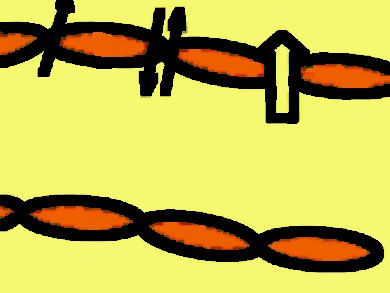In vitro drug permeability models predicting human oral drug absorption play a critical role in early stage drug candidate screening. Conventional in vitro models utilize a differentiated intestinal epithelial cell monolayer growing on permeable filters. Here perhaps the most important 3D features, the small intestinal villi, tiny, finger-like projections, are missing.
John C. March and coworkers, Cornell University, Ithaca, New York, USA, have reconstructed artificial human small intestinal villi with physiologically relevant cellular density and physical dimensions. How did they do that? This is the first time this environment has been recreated to almost exact physical specifications in vitro. They demonstrate that accurate 3D cellular layout can make an in vitro model perform much in the same way as mammalian intestines for paracellularly absorbed drugs.
The reseachers expect future work will demonstrate the utility of including an accurate 3D environment in in vitro models for absorption of several types of drugs.
- In vitro 3D human small intestinal villous model for drug permeability determination,
J. Yu, S. Peng, D. Luo, J. C. March,
Biotechnol. Bioeng. 2012, 109, 2173–2178.
DOI: 10.1002/bit.24518




